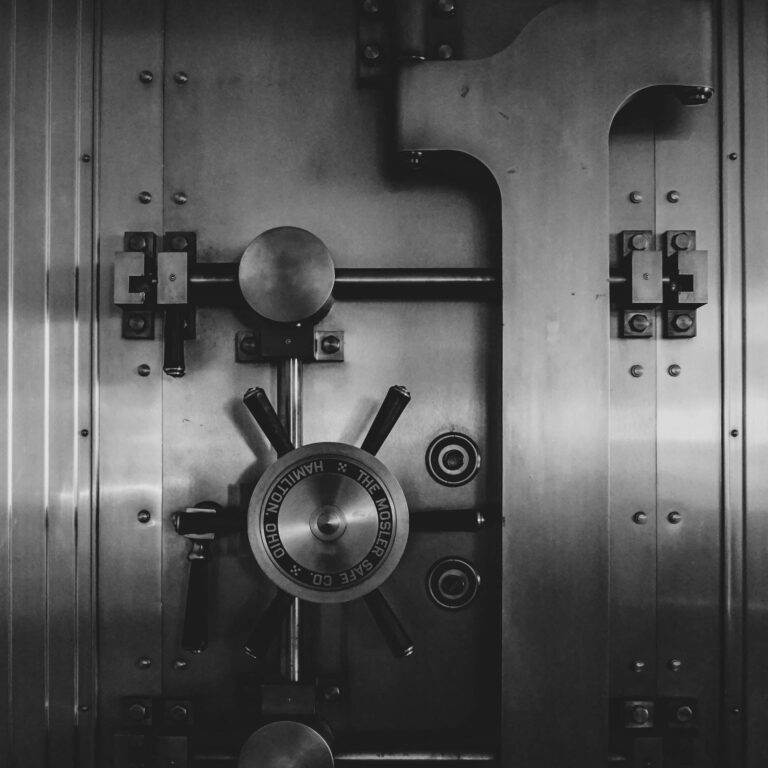During the second half of past december we decided to move to a new server on Hetzner for our new production server, moving away from our old friend Plesk. After setting it up and running for a while, we’ve noticed that MySQL operations were taking a huge amount of time.
After some time trying to debug MySQL, switching versions and testing dumps we’ve come to disk checks. It looks like the dedicated server we’ve got, had a relative intensive use before and the disks were worn out.
We’ve then arranged with Hetzner’s guys to work out a step by step replacements of RAIDed disks. We would swap one disk at a time, first removing it from the array, physically swapping it, re-adding it to the array and syncing.
Swapping a disk
In order to be able to detach a disk and replace it, we have to first mark it as faulty.
mdadm --manage /dev/md0 --fail /dev/sda1
mdadm --manage /dev/md1 --fail /dev/sda2
mdadm --manage /dev/md2 --fail /dev/sda3We can then proceed to remove partitions from the array.
mdadm --manage /dev/md0 --remove /dev/sda1
mdadm --manage /dev/md1 --remove /dev/sda2
mdadm --manage /dev/md2 --remove /dev/sda3When asking your provider to swap a disk, you may find useful to communicate the serial of the disk to be swapped for a coordinated process. You will be sure you’re swapping the correct disk that you’ve previously marked as faulty.
udevadm info --query=all --name=/dev/sda | grep ID_SERIAL
ID_SERIAL=Crucial_CT256MX100SSD1_000000000000
ID_SERIAL_SHORT=000000000000Proceed with the physical disk swap, then boot the system again and start adjusting fresh new disk’s partition.
First thing to do would be to partition yourself the new disk. The partitioning should match previous disk’s paritioning schema and can be achieved manually or even better by copying existing disk’s partition (/dev/sdb) to the new one (/dev/sda).
sfdisk -d /dev/sdb | sfdisk /dev/sdaOnce the partition schema matches the one expected by the array, we can proceed to adding back the disk to the array.
mdadm --manage /dev/md0 --add /dev/sda1
mdadm --manage /dev/md1 --add /dev/sda2
mdadm --manage /dev/md2 --add /dev/sda3Wait for mdadm to perform the synchronization and you can proceed with the other disk.
# Mark disk as failed
mdadm --manage /dev/md0 --fail /dev/sdb1
mdadm --manage /dev/md1 --fail /dev/sdb2
mdadm --manage /dev/md2 --fail /dev/sdb3
# Remove disk from array
mdadm --manage /dev/md0 --remove /dev/sdb1
mdadm --manage /dev/md1 --remove /dev/sdb2
mdadm --manage /dev/md2 --remove /dev/sdb3
# Fetch disk infos
udevadm info --query=all --name=/dev/sdb | grep ID_SERIAL
# ID_SERIAL=Crucial_CT256MX100SSD1_111111111111
# ID_SERIAL_SHORT=111111111111
# Copy partition
sfdisk -d /dev/sda | sfdisk /dev/sdb
# Add disk back to array
mdadm --manage /dev/md0 --add /dev/sdb1
mdadm --manage /dev/md1 --add /dev/sdb2
mdadm --manage /dev/md2 --add /dev/sdb3Bootable partitions
If RAIDed disk act as booting disk as well, make sure to make them bootable and to run grub-install after adding them to the array or you may run into booting issues otherwise.
NVMe or SSD disks
When using NVMe or SSD disk by either relying or not on software RAID, always make sure you’re also TRIMming data on the disks or it may induce some slowness over time. Most distributions already have tools to help you with that, the easiest one to use is fstrim service.
systemctl enable fstrim.timerConclusions
You should have two brand new working disk back in your mdadm array. Also, here are some other commands you may find useful.
# Synchronize data on disk with memory
sync
# Watch mdadm synchronization process
watch cat /proc/mdstat
